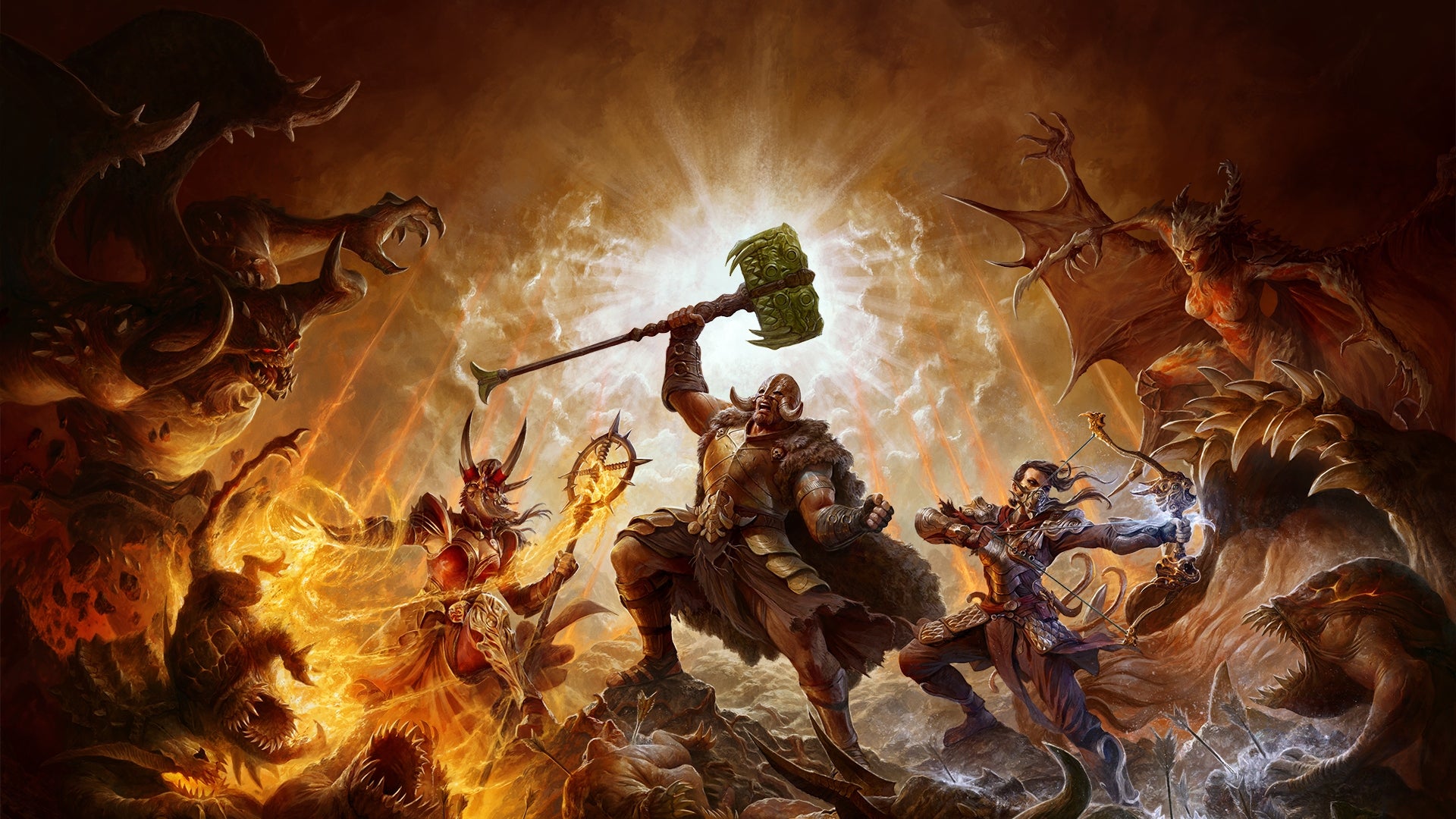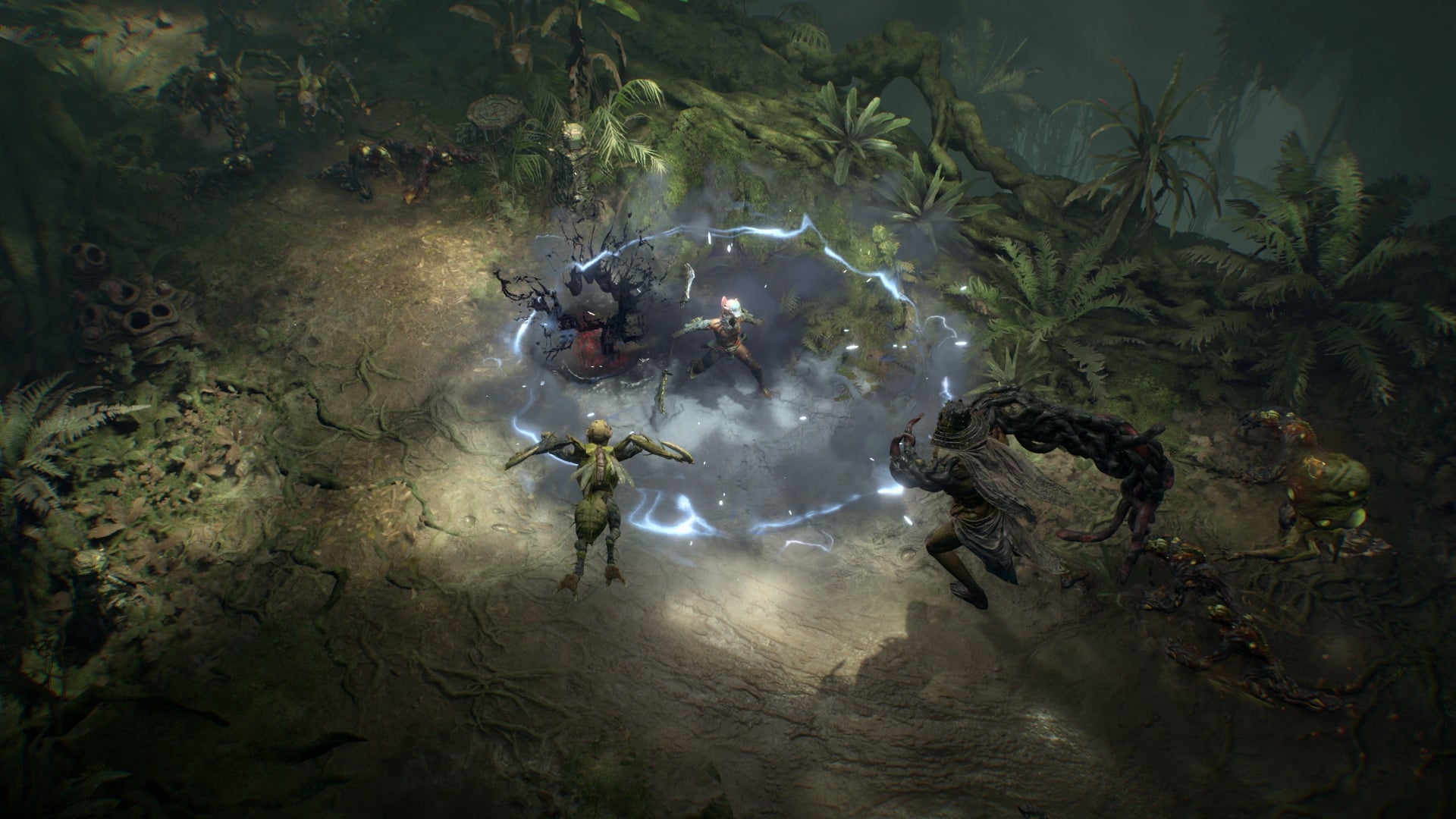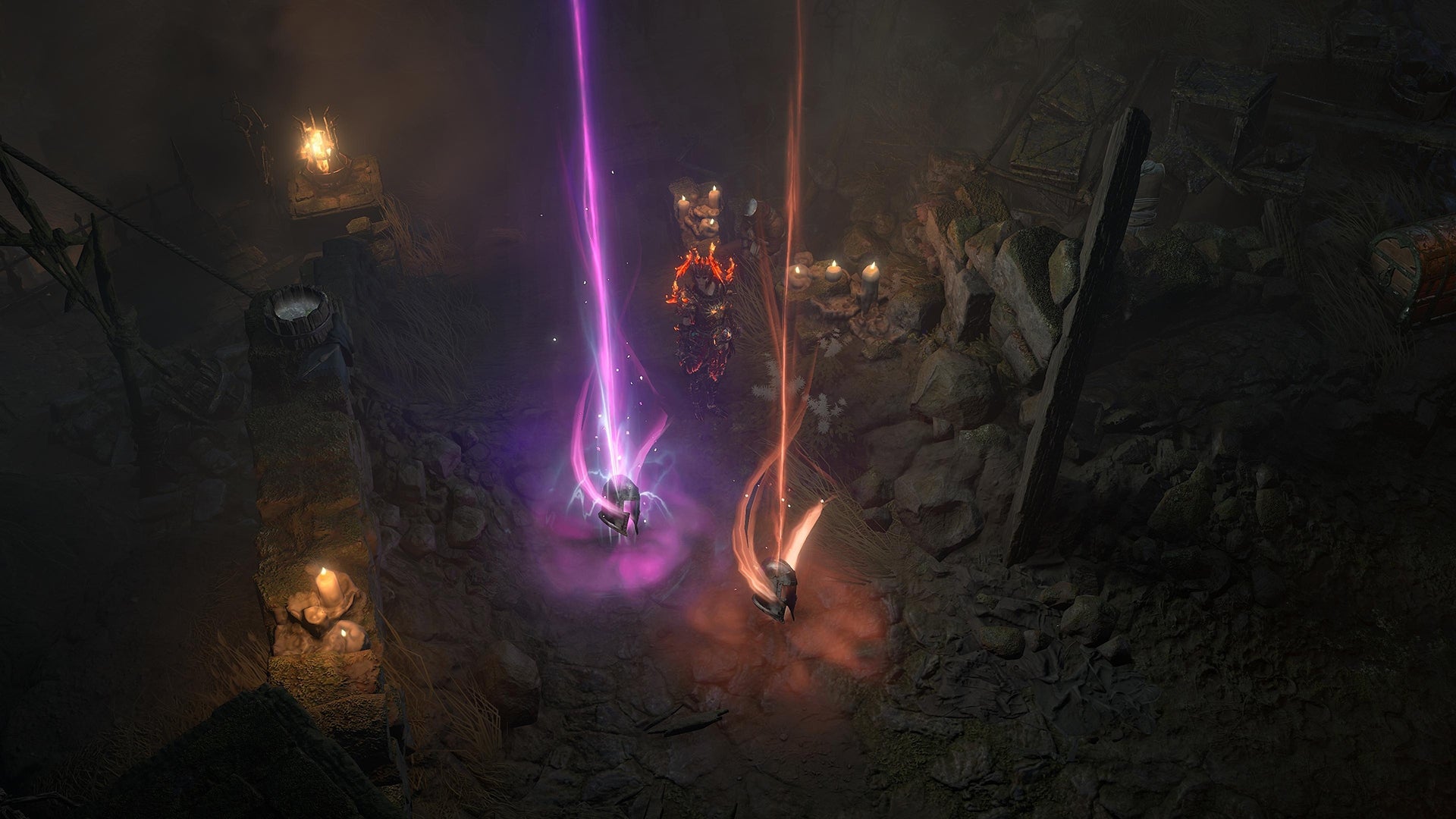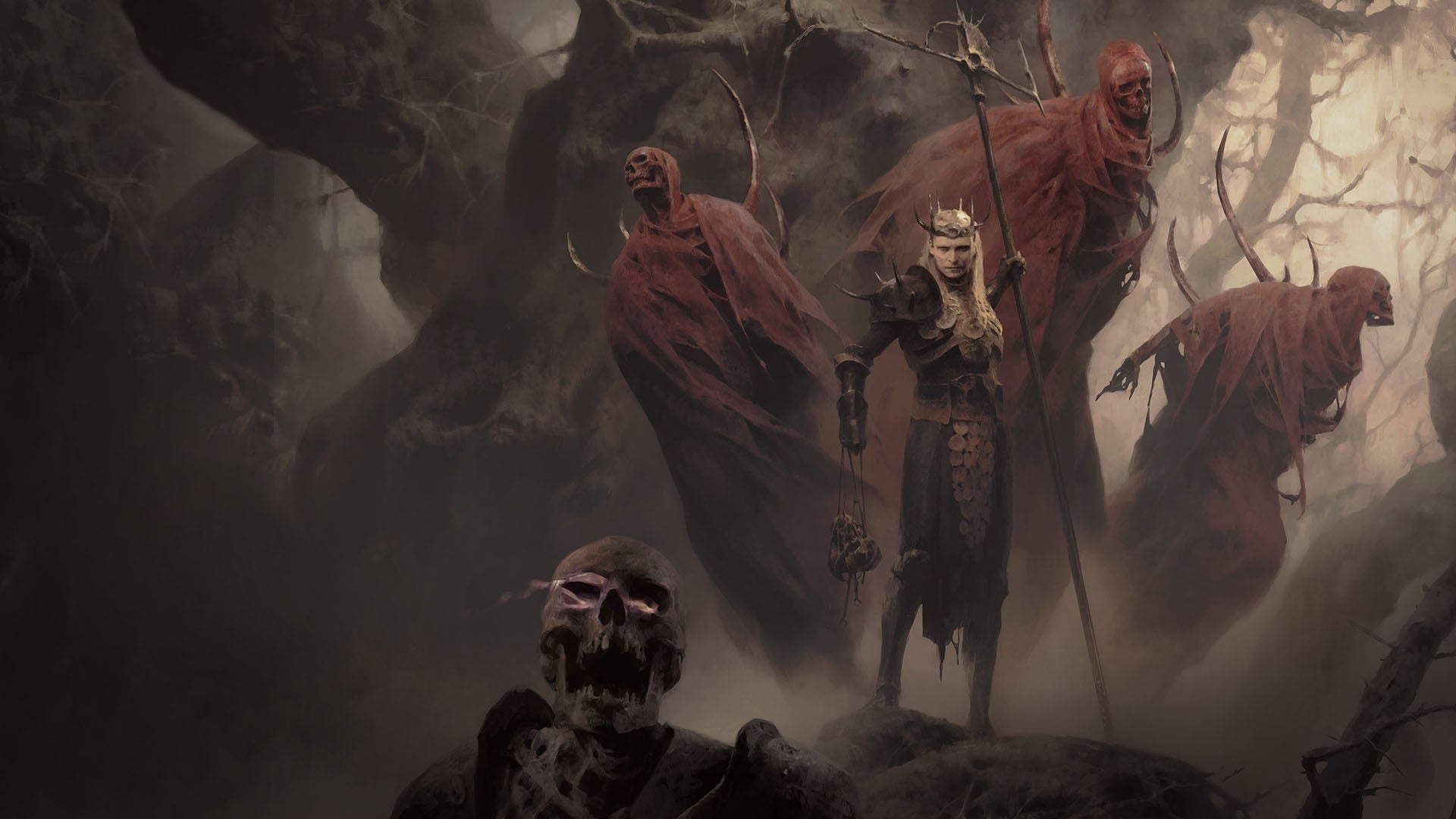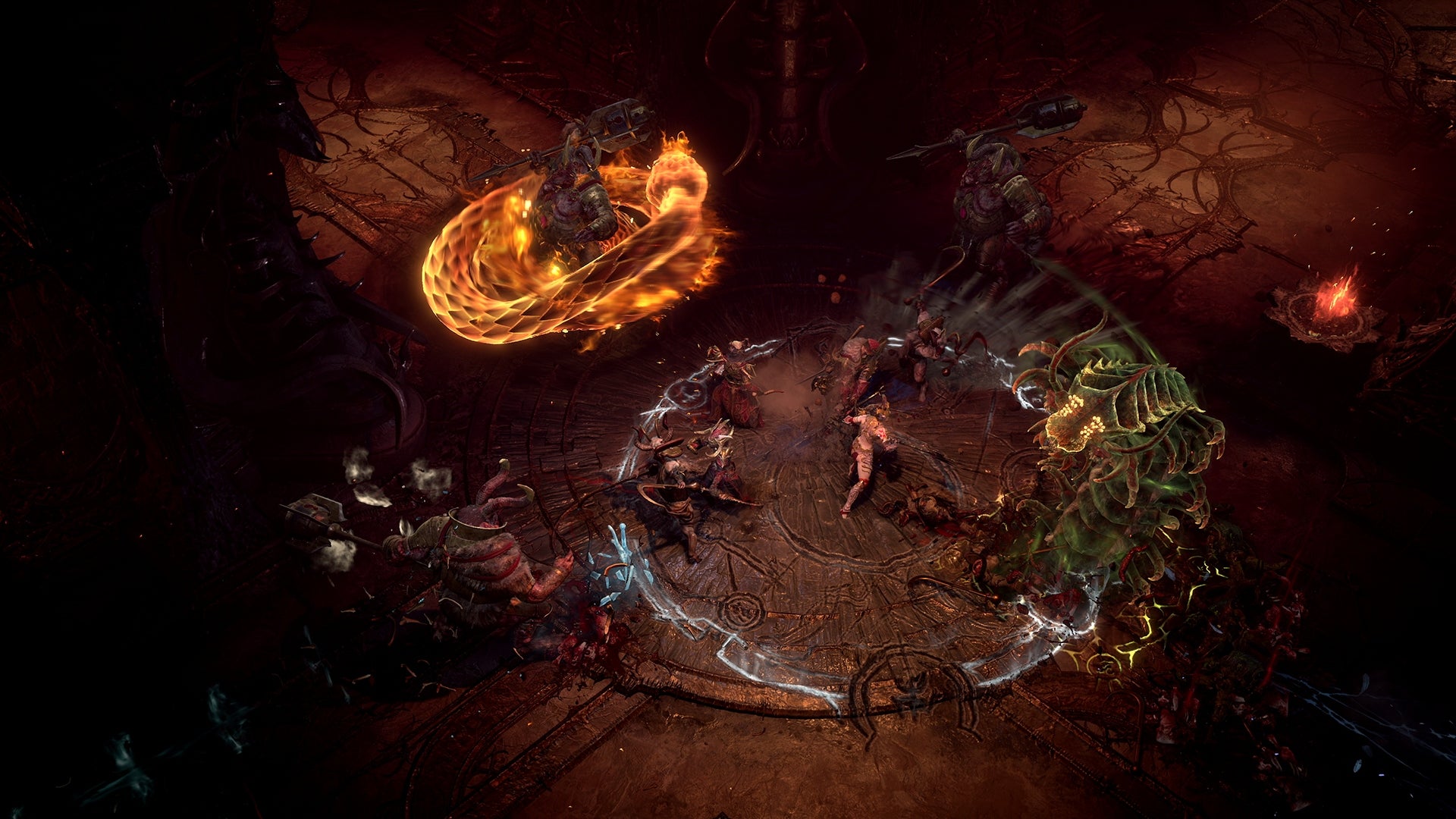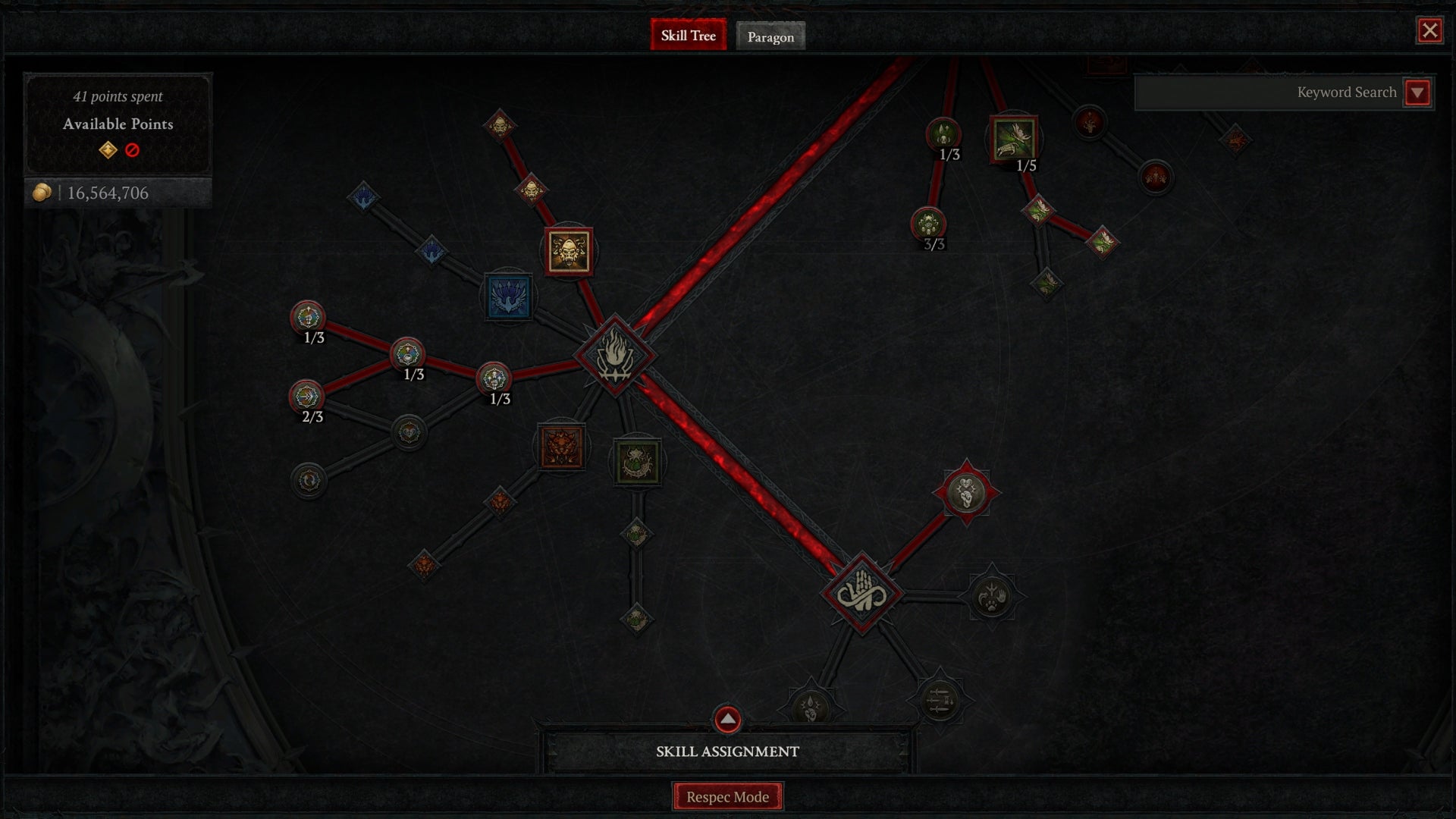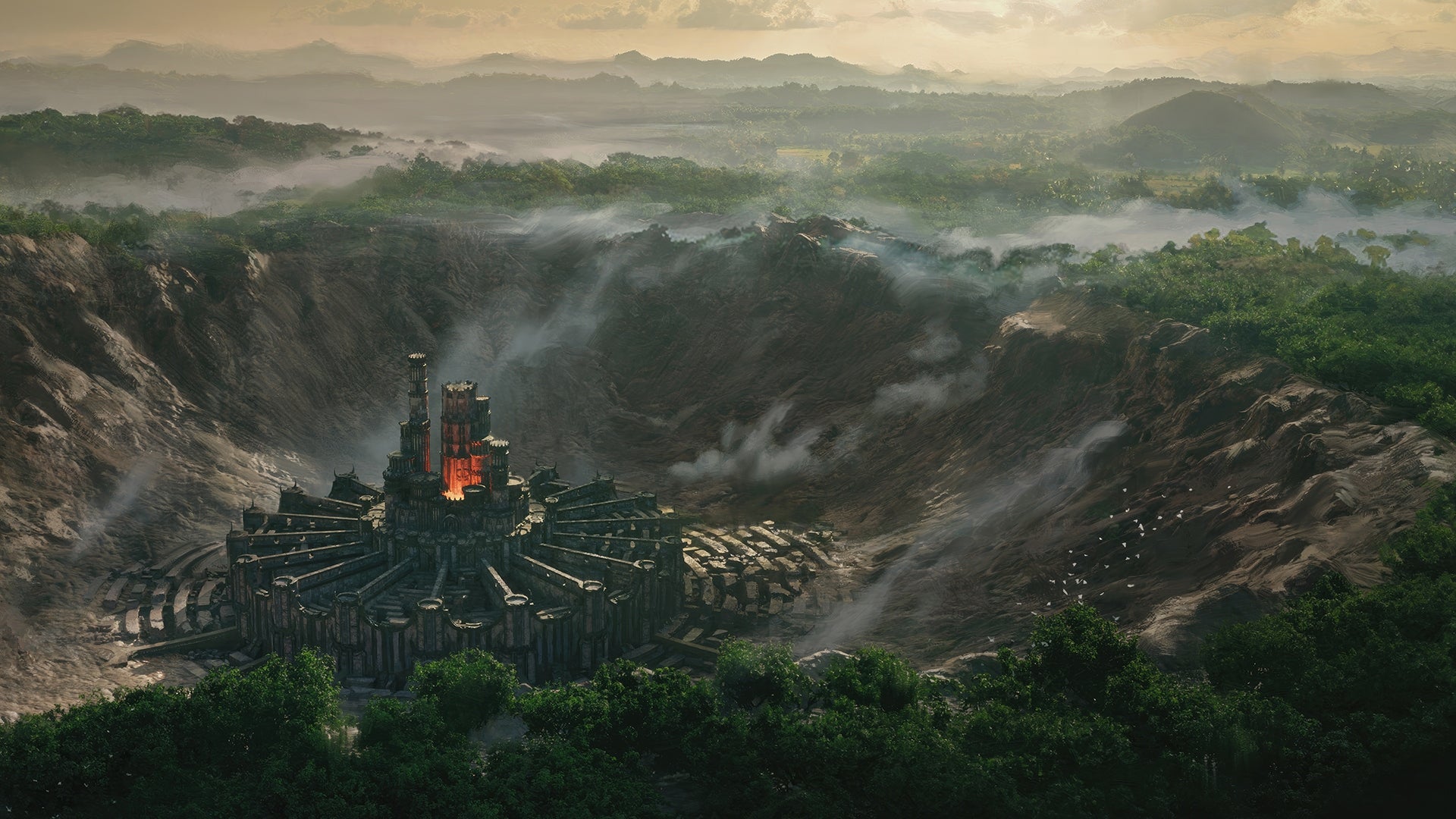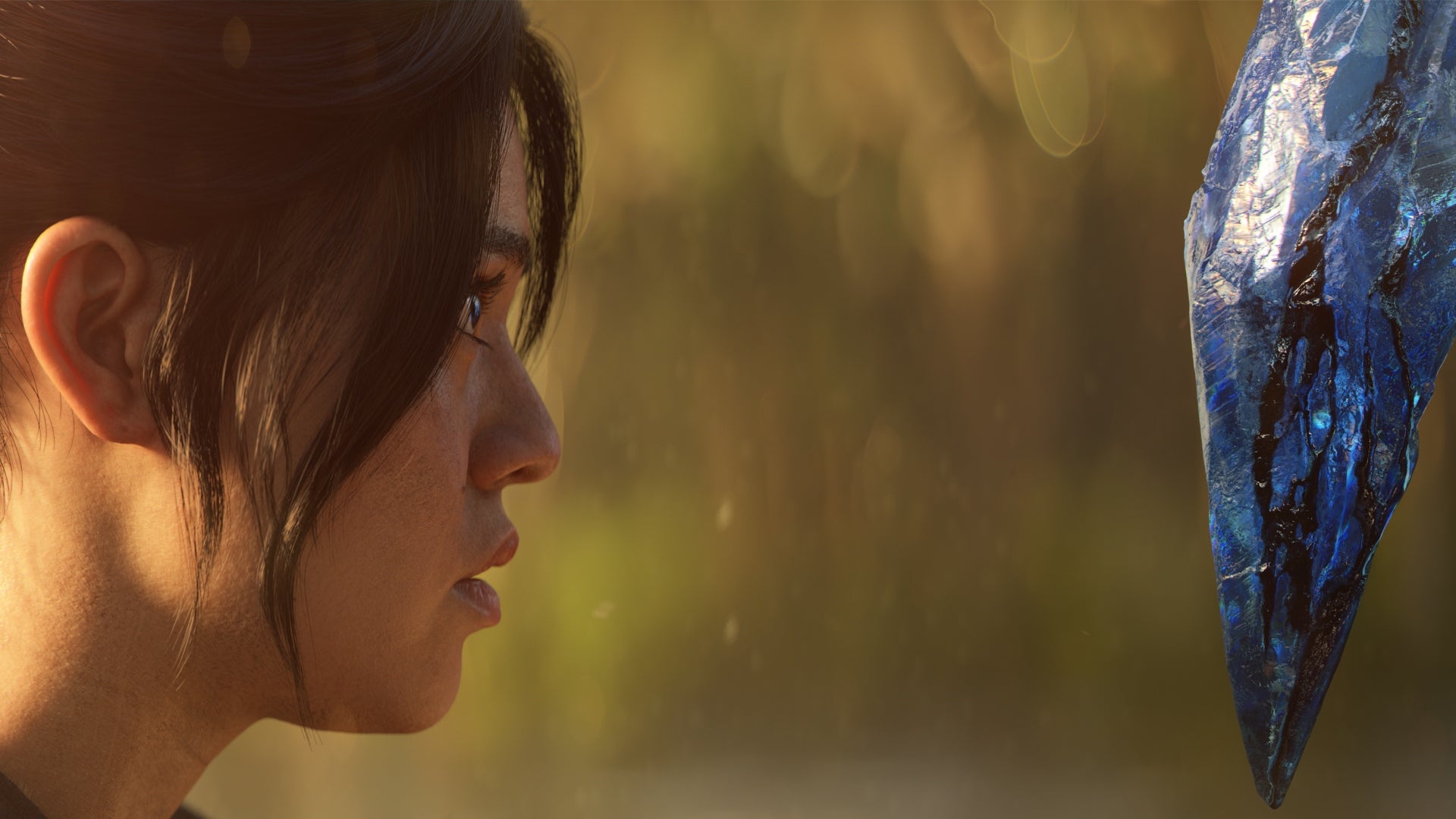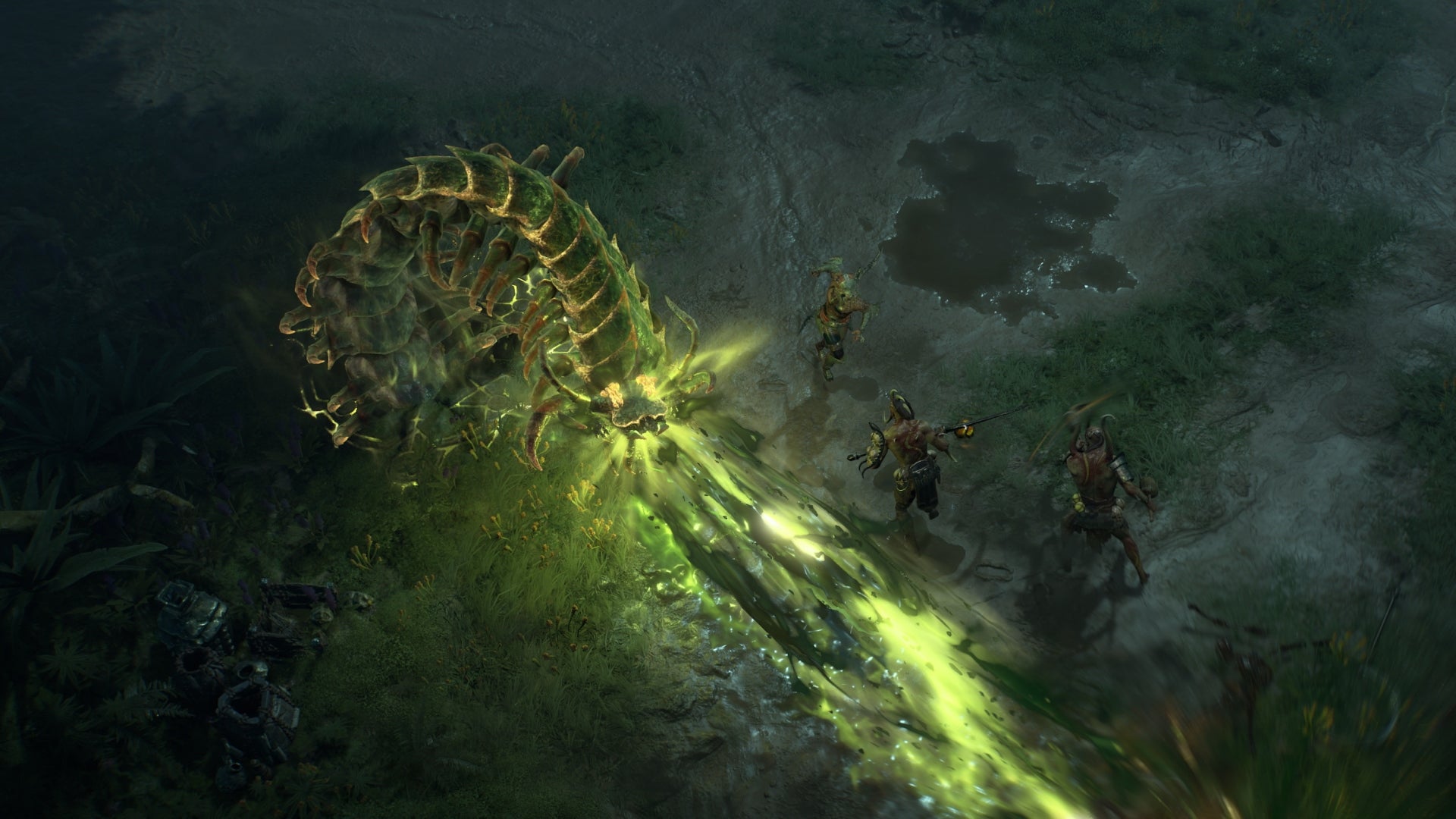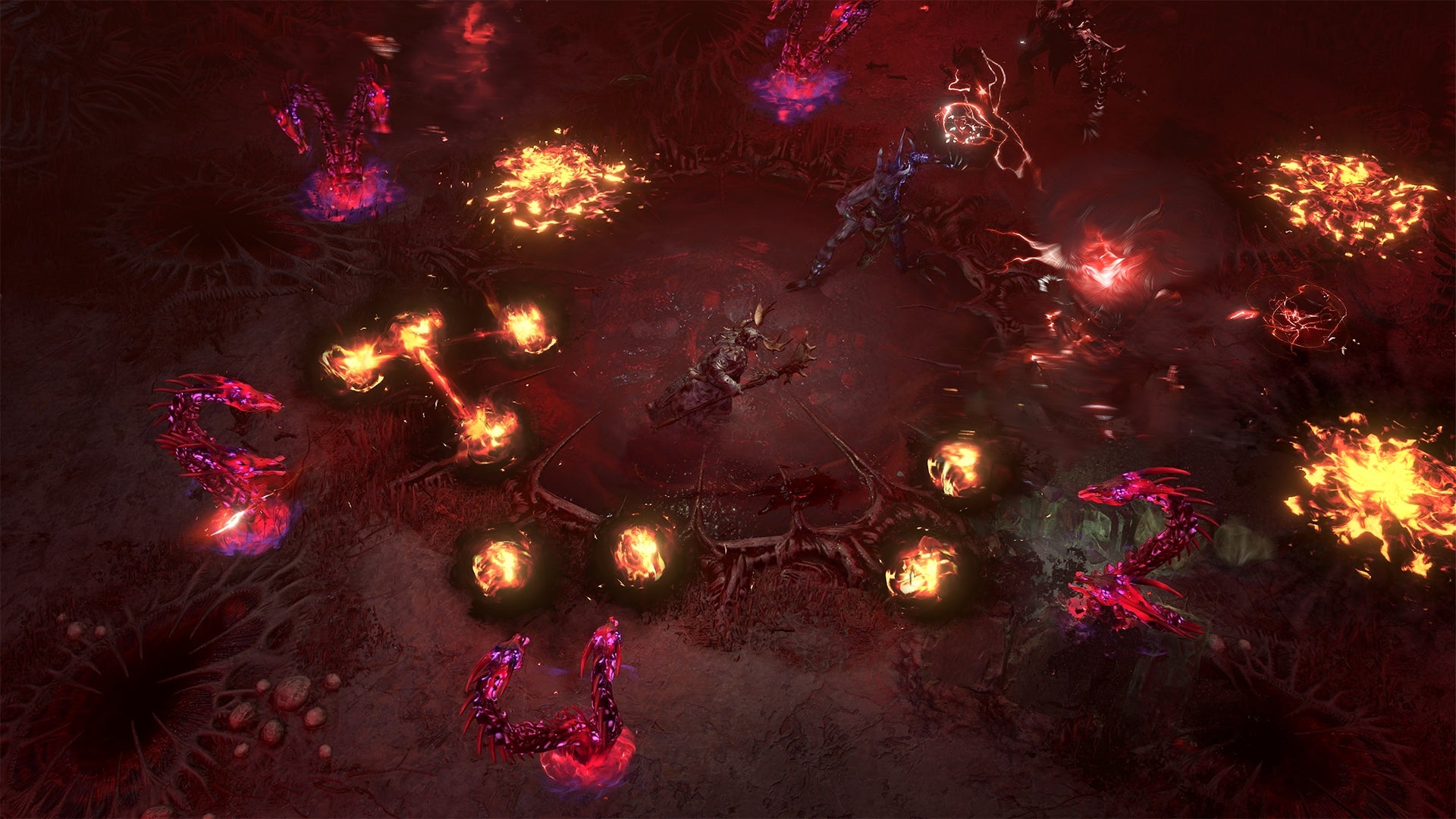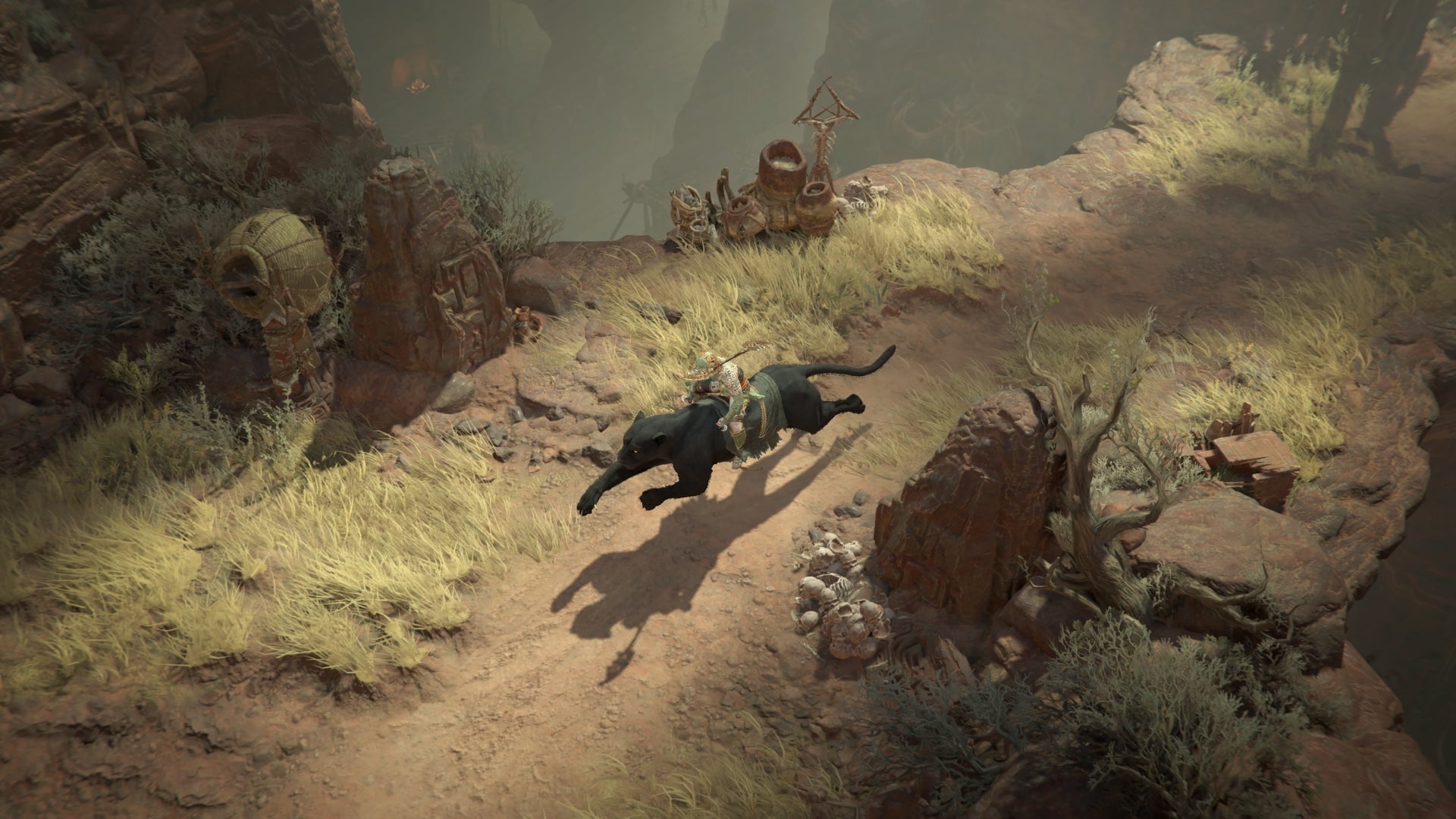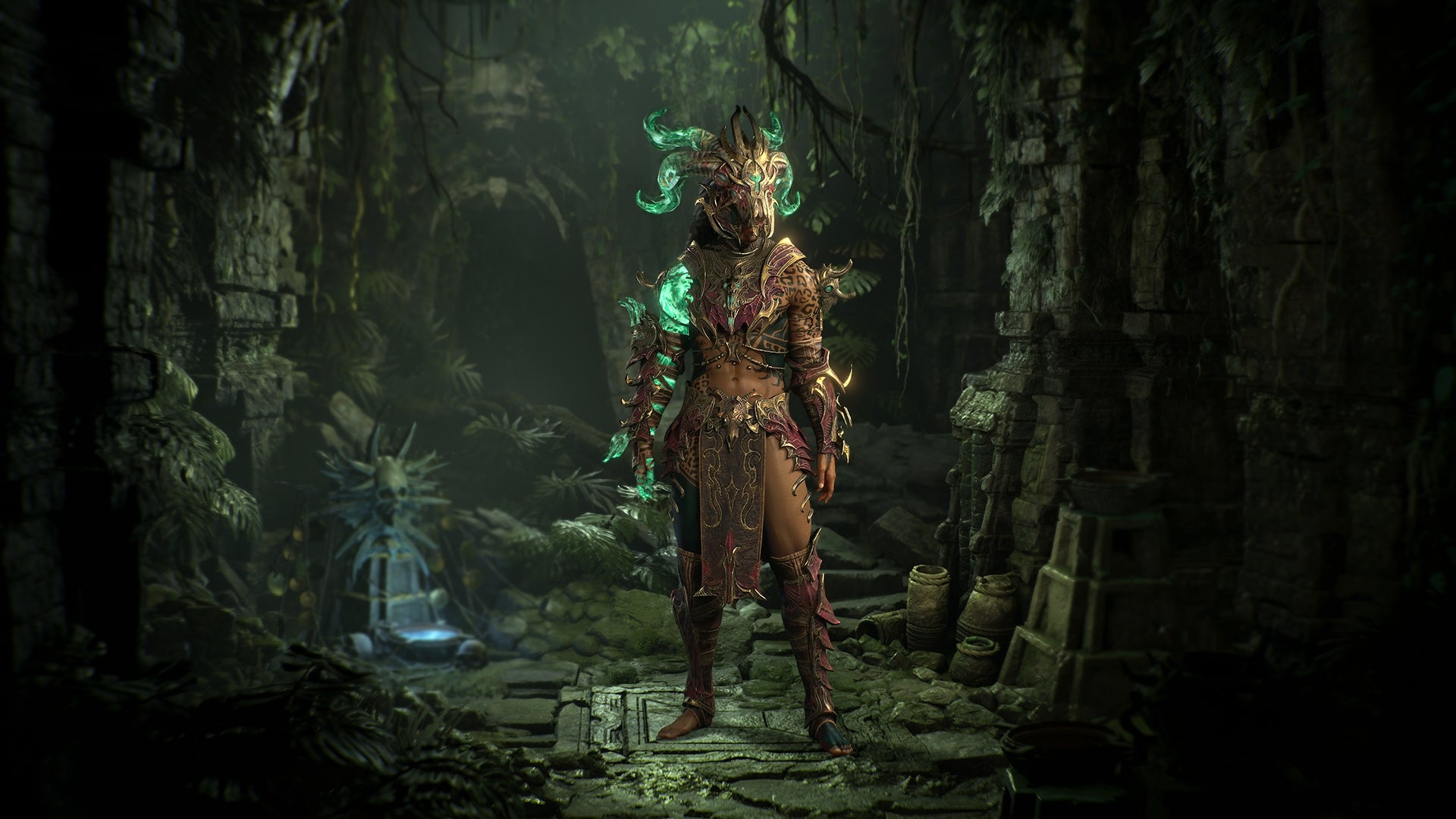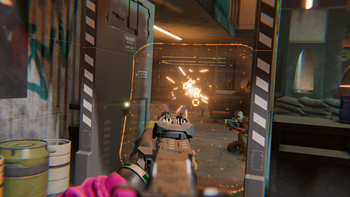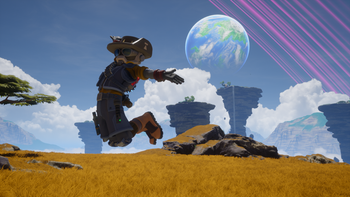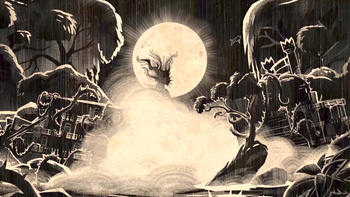Sanctuary Redefined: Or Why There’s No Better Time to Play Diablo 4
Blizzard’s Diablo franchise dates back to the 1990s; however, there have only been four mainline entries, with the latest debuting in June 2023. Diablo IV’s launch was successful and a massive hit for the studio and the broader Xbox brand. Thanks to the game’s engaging combat mechanics, dark and cinematic story, and vast open world chock full of dungeons and other challenges, millions had fun dispatching untold millions of demons during that time.
However, as with any action RPG, Diablo IV’s debut was not without faults. Looking past things like ability and item balance, activities began to feel repetitive after a certain point, and many of the game’s systems and mechanics felt like they still had room to grow. Some builds lacked a little oomph, and crafting felt like an afterthought - a solid foundation waiting for an expansion and some refinement.

Traditionally, Diablo games get an extensive rework or update with an expansion, a staple of Blizzard games since the days of Warcraft II. Each game in the series gets one, from Diablo: Hellfire to Diablo II: Lord of Destruction to the iconic Diablo III: Reaper of Souls, which coined the term ‘Loot 2.0.’ However, with Diablo IV launching a decade and change after Diablo III, Blizzard has adapted its update cadence to match the times.
Diablo IV got its ‘Loot 2.0’ update months before the Diablo IV: Vessel of Hatred expansion, so playing it today is a different experience from playing it a year ago. For action RPG fans looking for a game to visit and revisit time and again, Diablo IV is in a great place (and space) right now. Here’s a look at what’s changed and why there’s no better time to jump in and melt some of Hell’s minions.
Diablo IV
About the Author


